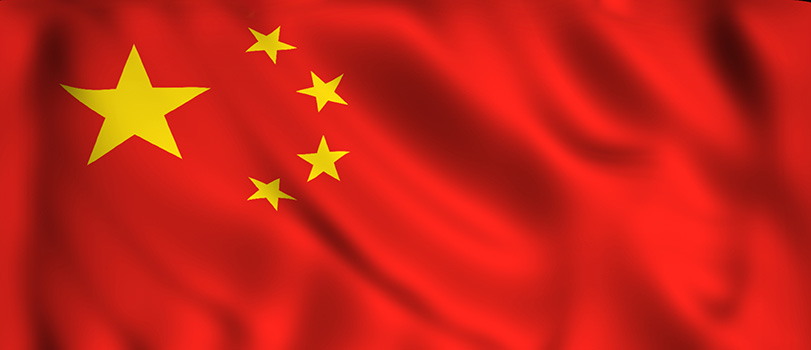©2025 Keller and Heckman, LLP
China Solicits Comments on Five Food-Contact Materials

On April 25, 2023, the China National Center for Food Safety Risk Assessment (CFSA) requested comments on expanded use for three food-contact materials and articles and two new resins. Comments are due by May 24, 2023. The substances and specifications are listed below.
Food-Contact Materials with Expanded Use
- C.I. pigment black7; Carbon black (CAS No. 1333-86-4) is to be cleared for use in polyetheretherketone (PEEK) plastics at a maximum use level of 0.5%. The toluene extractable of this substance is less than 1% and the Benzo[a]pyrene content is less than 0.25 mg/kg. It must comply with the purity requirements for colorants in Appendix A of GB9685-2016. These restrictions must be labeled in accordance with GB 4806.1.
- Copolymer of acrylamide, 2-methacryloxyethyltrimethyl ammonium chloride, itaconic acid, and N,N’ -methylenebis acrylamide (CAS No. 214495-32-6) is to be cleared for use in paper and paperboard at a maximum use level of 1.5% (on a dry weight basis) with a specific migration level (SML) of non-detectable (ND) for acrylamide, where the detection limit (DL) is 0.01 mg/kg. Paper and paperboard materials and articles containing this substance may not be used for irradiation. In addition, the use temperature may not exceed 121° C and these restrictions must be labeled in accordance with GB 4806.1.
- 2-acetoxy-1,2,3-propanetricarboxylicacidtributylester (CAS No. 77-90-7) is to be cleared for use in ink with indirect contact with food at a maximum use level of 10% and an SML of 60 mg/kg (as the sum of No. 32 group of substances in SMT(T)). Inks containing this substance may not be used in the production of food-contact materials and articles for infants and young children. Food-contact materials and articles produced with this substance may only be used for filling and long-term storage at room temperature (including hot filling and pasteurization under the conditions of T≤70°C, t ≤2h or T≤100°C, t≤15min). These restrictions must be labeled in accordance with GB 4806.1.
New Resins
- Polymer from 1,4-terephthalic acid, sebacic acid and 1,2-ethylene glycol (CAS No. 25067-21-4) is to be cleared for use in coatings and coating layers at the necessary dosage and with SMLs of 7.5 mg/kg (as 1,4-terephthalic acid) and 30 mg/kg (as ethylene glycol).
- 2-Propenoic acid, 2-methyl-, polymer with butyl 2-methyl-2-propenoate, ethyl 2-propenoate and methyl 2-methyl-2-propenoate, salts with 1,4-benzenediol-epichlorohydrin-4,4'-methy lenebis[2,6-dimethylphenol]polymer-2-(dim ethyulamino)ethanol reaction products is to be cleared for use in coatings and coating layers at a maximum use level of 20% (as painting formula) and SMLs of 6 mg/kg (as methacrylic acid); 0.6 mg/kg (Hydroquinone); 18 mg/kg (N,N-dimethylethanolamine); 0.2 mg/kg (as the sum of 4,4-methylenebis(2,6-dimethylphenol), polymer of 4,4-methylenebis(2,6-dimethylphenol) and chloromethyloxirane (TMBPF-DGE), TMBPF-DGE∙H2O and TMBPF-DGE∙2H2O); and 0.05 mg/kg (as the sum of TMBPF-DGE∙HCl, TMBPF-DGE∙2HCl and TMBPF-DGE∙HCl∙H2O). Food-contact coatings and coating layers containing this substance may not contact fatty foods. This substance may not be used in the production of food-contact materials and articles for infants and young children. These restrictions must be labeled in accordance with GB 4806.1.